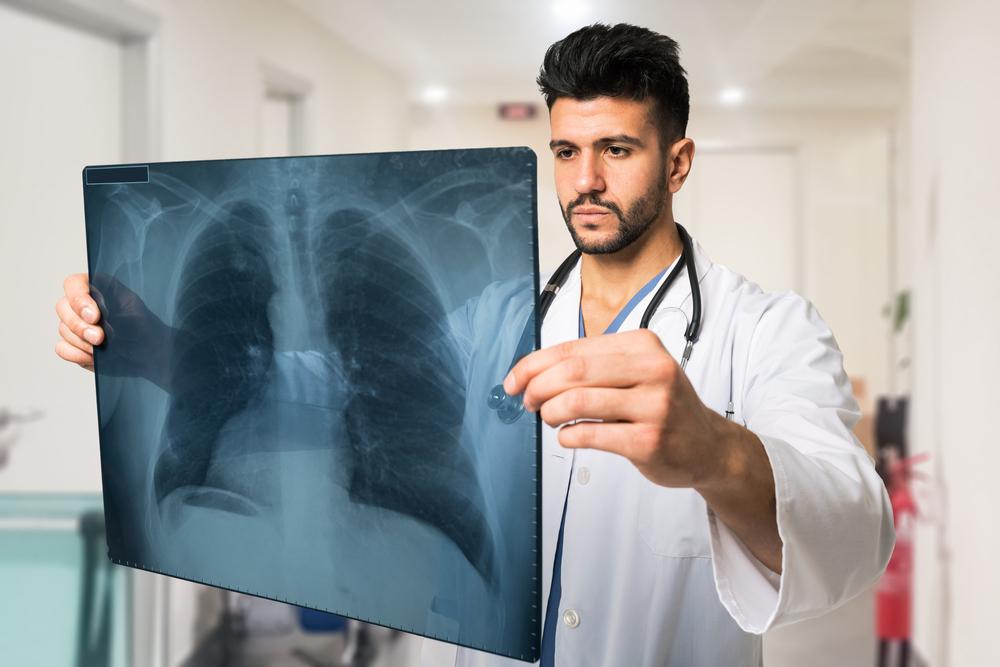
Non-Small Cell Lung Cancer Treatments
Non-small cell lung cancer (NSCLC) is one of the most common types of lung cancer. Large cell carcinoma, squamous cell carcinoma, and adenocarcinoma are all subtypes of NSCLC. If you happen to be suffering from, or you know someone who has non-small cell lung cancer, then information regarding this disease can be useful for you.
Nearly nine out of ten cases of lung cancer are non-small cell lung cancer, which grows at a slower rate than the small cell lung cancer. NSCLC exists in 3 main types:
- Squamous cell
Generally linked to smoking, this type of lung cancer is found centrally in the lung where the larger bronchi join the trachea to the lung. This type accounts for about 30 percent of all non-small cell lung cancers.
- Adenocarcinoma
Accounting for about 30-35 percent of all cases, this type of non-small cell lung cancer is the most common form of lung cancer. It is found in the outer region of the lung.
- Large-cell undifferentiated carcinoma
Large cell undifferentiated carcinoma can be found anywhere in the lung and is known to grow and spread quickly. Usually accounting for 10 to 15% of all cases, this type of non-small cell lung cancer is harder to treat.
Like any type of disease or cancer, there are several causes, or risk factors that put individuals at higher risk of developing non-small cell lung cancer, for instance:
- Tobacco smoke
Smoking is a leading risk factor for lung cancer. Even passive smoking can cause potential damage. Smoking causes about 80% of lung cancer deaths and many others are caused by exposure to secondhand smoke.
- Genetic changes
Certain changes in the DNA of lung cells can also cause non-small cell lung cancer. The changes lead to abnormal cell growth, which becomes cancerous.
- Inherited gene changes
The risk of developing certain cancers increases for some people who inherit DNA mutations (changes) from their parents. Such people happen to develop lung cancers even if they have never smoked.
- Exposure to radon
Radon is a naturally occurring radioactive gas, which cannot be seen, tasted, or smelt. To go by the reports of the US Environmental Protection Agency (EPA), radon is the second leading cause of lung cancer. There is little radon outside but it is more concentrated and dangerous indoors.
What are the symptoms of NSCLC?
- Fatigue
- Chest pain
- Persistent cough
- Breathing problems
- Unexplained weight loss
- Bone and joint pains
- Blood in the cough
- Weakness
How is NSCLC diagnosed?
Besides physical exam and medical history, a doctor counts on these following tests for diagnosing non-small cell lung cancer –
- Bone scan
- Biopsy of lung
- Imaging tests
- Microscopic examination of phlegm
How is NSCLC treated?
Non-small cell lung cancer treatments are subject to the type and place of cancer, including:
- Surgery – For treating an early stage, the doctor can recommend surgery to take out the cancerous growth. It includes removing a part of the lung or destroying the cancer cells inside using a heated probe.
- Chemotherapy – It could be given before surgery to make a tumor smaller after surgery or both or even without surgery.
- Radiation – It is used for killing cancer cells that remain after surgery.
- Laser and photodynamic therapy (PDT) – This technique uses a special laser light and reduces damage to the healthy tissues.
Targeted therapy – The therapy targets cancer cells and prevents them from growing and spreading.


